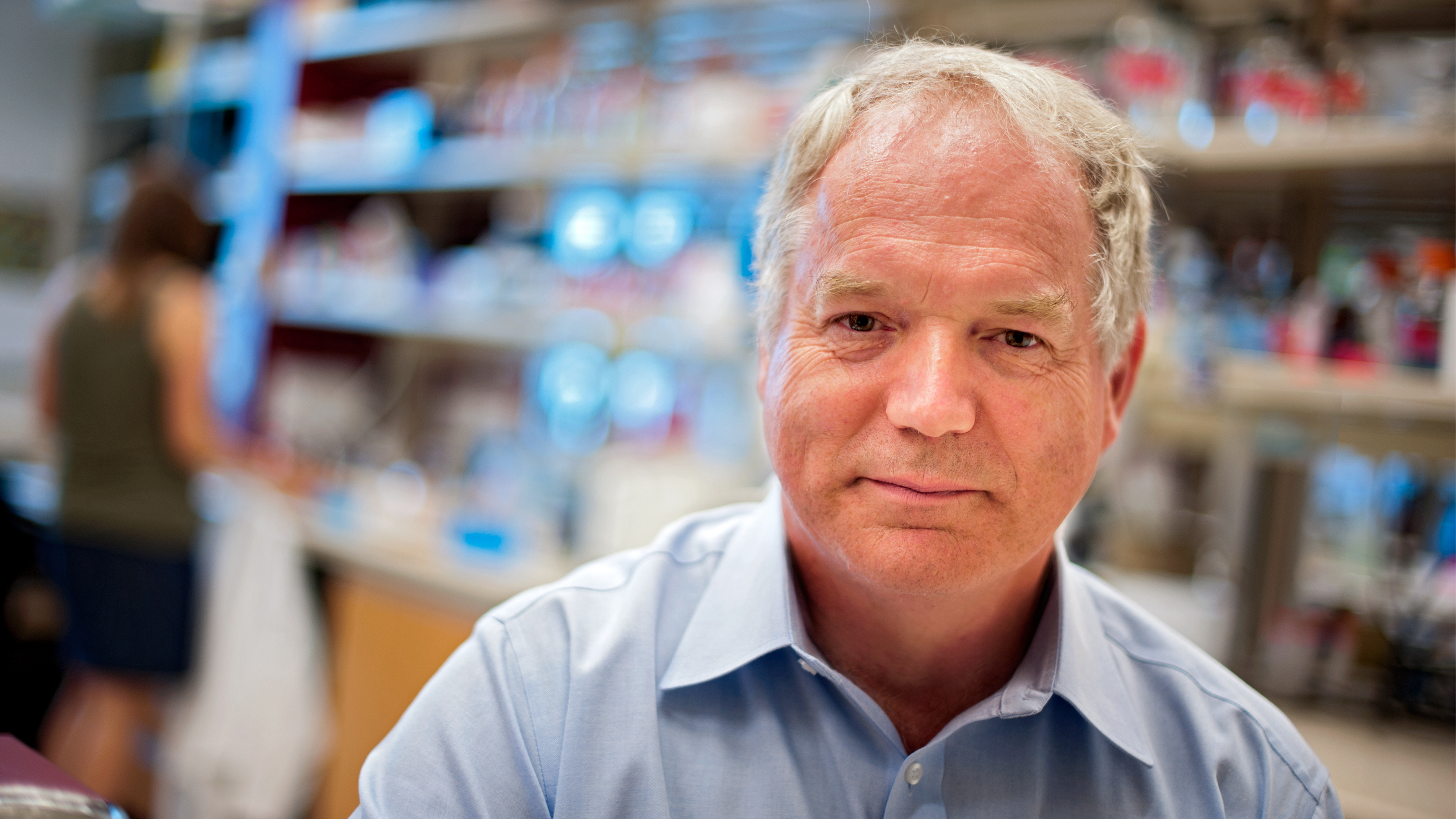As an up-and-coming molecular biologist, Michael Houghton joined a biotech in California on the east bay of San Francisco in the early 1980s and remembers staring up at the beginnings of urban renewal as he made his way into his lab.
In particular, he would look over at the foundation being prepped for a new apartment and mentally click on an internal stopwatch.
“I figured it's going to take two years to build, and that we would have identified the hep C virus by then,” he said.
No fewer than seven sky rises later, Houghton, along with colleagues Qui-Lim Choo, George Kuo and Dan Bradley, would finally crack the Hepatitis C virus riddle in 1989, a discovery that would ultimately save millions of lives and pave the way to the 2020 Nobel Prize in Physiology or Medicine.
“I just kept telling myself ‘what better thing could I be spending my life doing? If we have a shot at identifying this virus, it's going to mean so much to so many people,” said Houghton, who has been a virology researcher at the University of Alberta for more than a decade.
“That's what kept me going really.”
And while the past year since receiving the Nobel prize has been a blur, Houghton, whose year included dozens of speaking engagements, more awards and even being knighted, says he remembers the day he won like it was yesterday.
Two months before he received the award on Dec. 10, Houghton was awoken at 3 pm to a phone call, not from the Nobel committee, but from long-time friend, collaborator and U of A virology icon Lorne Tyrrell.
“Lorne has nominated me for several years for the Nobel Prize. So in a way it was very appropriate that he was the one to tell me,” said Houghton. “It wasn't until two to three hours later that I got a call from the Nobel Committee.
“It was a little strange, but extremely nice.”
Since then, Houghton’s days looking into a microscope have been replaced with large swaths of time looking into a Zoom camera.
“Just in the last two weeks, I've given four lectures to people in five different countries, so it's still very hectic and you have an obligation to do it because people want to learn about what we did on Hep C and what we're doing on COVID,” said Houghton.
“It's a pleasure to do it, but it is hard work actually. It's a bit like I would imagine winning an Oscar — everybody wants to talk to you.”
And just like the last year has breezed by, Houghton notes that life in general has flashed before his eyes.
“Life is actually short so make the most of it,” he said. “My advice to young researchers is find your passion. I think that's the most important thing, find what really motivates you. … What is it you want to spend your life doing?”
From there, it’s all about persistence.
“You get a lot of failures along the way, and they teach you, you must learn from your failures and obviously try a different approach. And that's what my colleagues and I did on hepatitis C and eventually it worked.”
Houghton added he never set out to win a Nobel prize but he is seeing the attention it draws, not only to him and his lab, but to the U of A, and how that attention can benefit economic diversification.
“I'm totally convinced Alberta can be a really strong global player in biomedicine,” said Houghton. “I think we can achieve that with the Alberta government’s backing, which they are giving us, and also with our basic researchers recognizing that they really can impact medicine, if they focus on medical problems.”
In the US, the biotech boom that he witnessed has resulted in hundreds of thousands of jobs and a steady stream of jolts to the economy.
Houghton pointed to initiatives such as the Li Ka Shing Applied Institute of Virology, which was created through a generous donation from philanthropist Li Ka Shing and funds from the Government of Alberta in 2013, and the newly formed Canadian Drug Development Initiative, which aims to transform Alberta into a powerhouse in the development of life-saving therapies, as cornerstones for Alberta’s burgeoning biotech sector.
He added, he sees similarities between the early days before booms in both the UK and California’s biotech sector in the 80s, and Alberta right now.
“Biotechs in the UK developed because of the government insisting that basic research was applied and the findings were applied to the community,” said Houghton. “Now they have a thriving industry, and it all starts in academia.”
